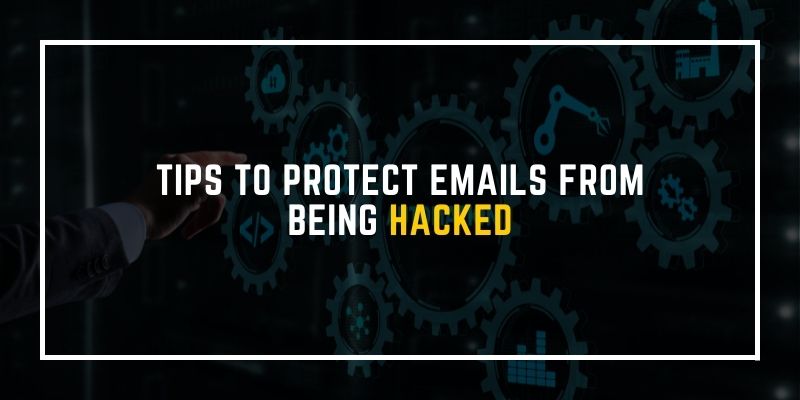Make sure to use two-factor authentication whenever possible.
You can utilize a trusted password manager to change your online passwords to strong, unique passwords for each login. This cannot be overemphasized. Hackers use today’s credential stuffing tactic, which allows them to inject previously stolen usernames or passwords into as many online services as possible. Why? Because passwords and usernames are often the same across accounts.
While creating a unique password for each online service may take some time, it is well worth it. You should also add two-factor authentication (2FA), to protect the accounts that provide it. This is crucial to prevent password resets that are not authorized. When setting up IoT devices within your home, do the same. And make sure that you are looking for an IoT device with 2FA support.
To get extensive knowledge in email hacking, fetch yourself with Ethical Hacking Course in Chennai, which gives broad study material in email hacking.
Register for 2FA support if you sign up for a new service email.
Not all email service providers provide 2FA. You should check that your email provider offers 2FA. 2FA has the main advantage. It provides additional security, such as text messages sent to smartphones with passwords and a one-time passcode. Only the user of your device can create a new password. Not to mention that it can alert you when someone is trying to log in to your email account.
Never click suspicious links in emails or texts.
Phishers send out links via email and text that look legit but allow them to steal information once clicked. Email attachments with malware are another popular channel for cyber might hem. These scams can be avoided by simply not clicking links and attachments. Instead, switch to another tab and visit the company’s website that was sent the Email. This will verify that the information provided matches with the official source. Don’t open links from unknown senders or download attachments. Emails sent by known senders and containing links or attachments that lack context are also bad news.
This will help to identify one of the most infamous types of email phishing: the fake password reset. It is a type of Email that claims your account has been compromised. Click here to reset your login and password. It started out as a fake reset password.
Use a VPN on both your phone & computer.
To protect your internet traffic, use a VPN. It’s possible to protect your personal information with a VPN. While you’re browsing, the VPN will improve your browsing experience by reducing ads, and tracking and giving you more security.
If you’re unable to avoid it, please don’t use public Wi-Fi and public computers.
You should only use the internet when you are on the move or away from your home. Your VPN must be turned on. Public computers can be accessed at hotels by anyone who has keyloggers or any other malware. It can backfire on you. When possible, do not wait to make your online banking transactions or access any other highly personal accounts on your home network.
A strong antivirus is essential.
Good antivirus increases the security of your information by providing real-time protection from phishing attacks. Antivirus software must be installed on your Mac, Android phone, PC, and all other devices.
Get study material on how to keep email accounts safe through Ethical Hacking Online Course and get training from virtual experts.
Secure your router, Wi-Fi, and other devices
No matter whether you are a home or small business owner, it is important to identify who and what is on your network. Unauthorized users could attempt to hack into your system. You should change the administrator password on your router. Make your Wi-Fi password strong enough that hackers can’t crack it.
Keep your computer’s and smartphones’ OS up to date
Update your operating system immediately when a security upgrade is available. Consider this an essential principle of information security. Keep all your smartphone apps and your computer up to date. Security improvements often come with updates, so be sure to update immediately if one is available.
Place a credit freeze on your account.
Put a credit freeze on an account if you believe your email has been compromised. It’s simple and allows you more control over who accesses your accounts. It’s easy to turn your account back on after making a purchase, and then you can reinstate the freeze.
If you are desired to get knowledge in email hacking, sign up for the Ethical Hacking Course in Coimbatore and get comprehensive knowledge.
Conclusion:
Here we detailed how to keep email account safe. We hope this content will be useful for the readers. If you get additional information or training, step into FITA Academy, rated as the no:1 Ethical Hacking Training in Chennai, with placement assurance.



